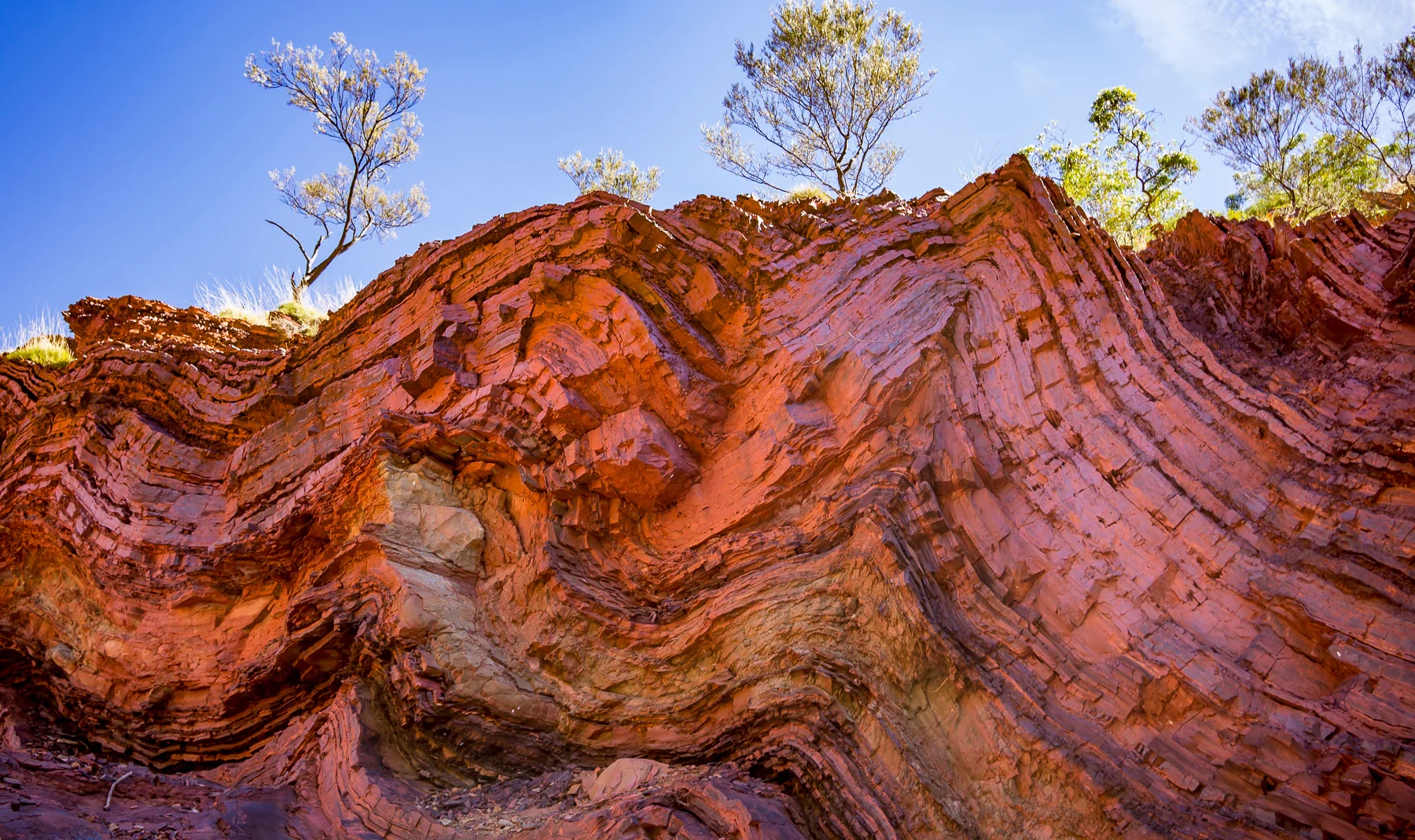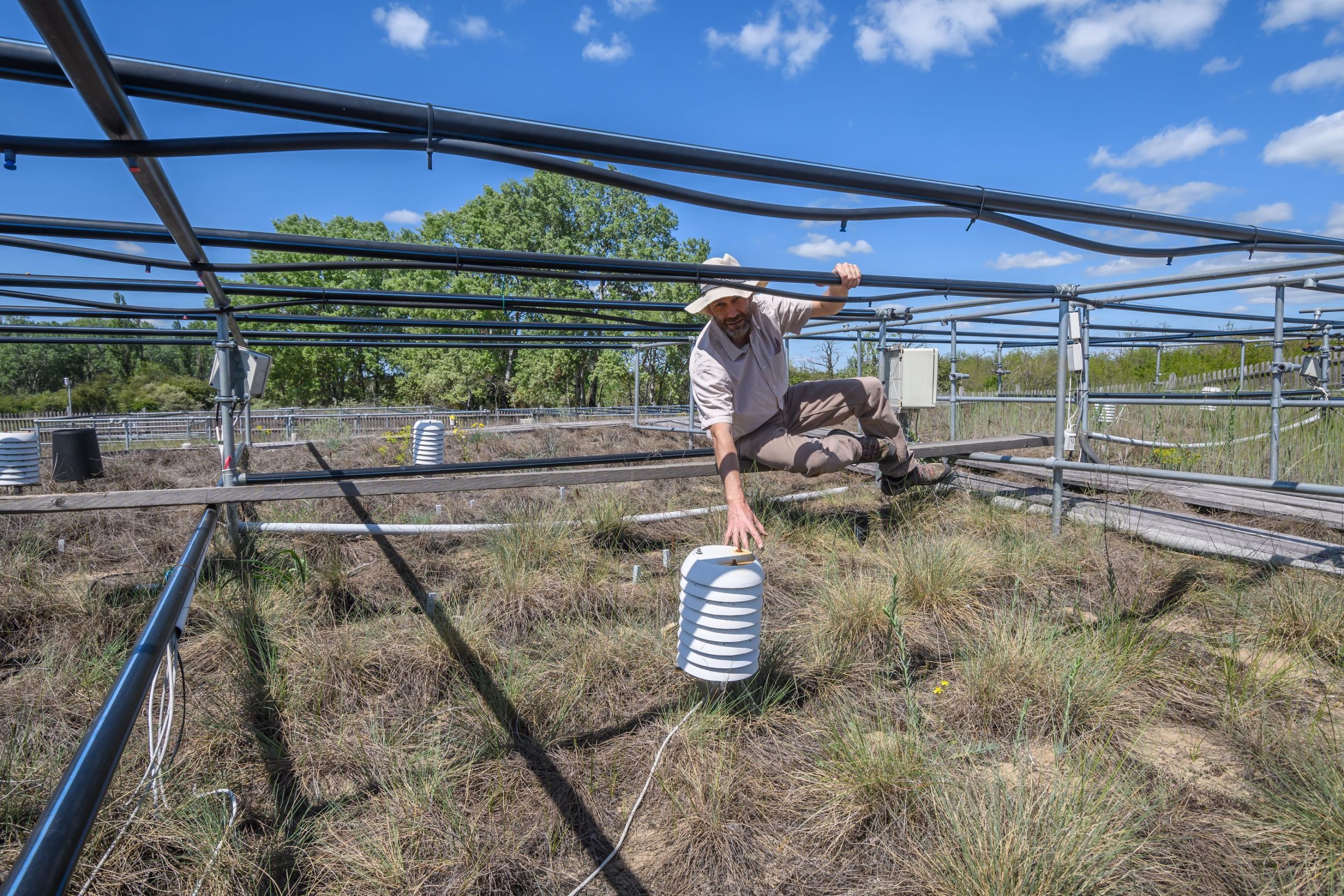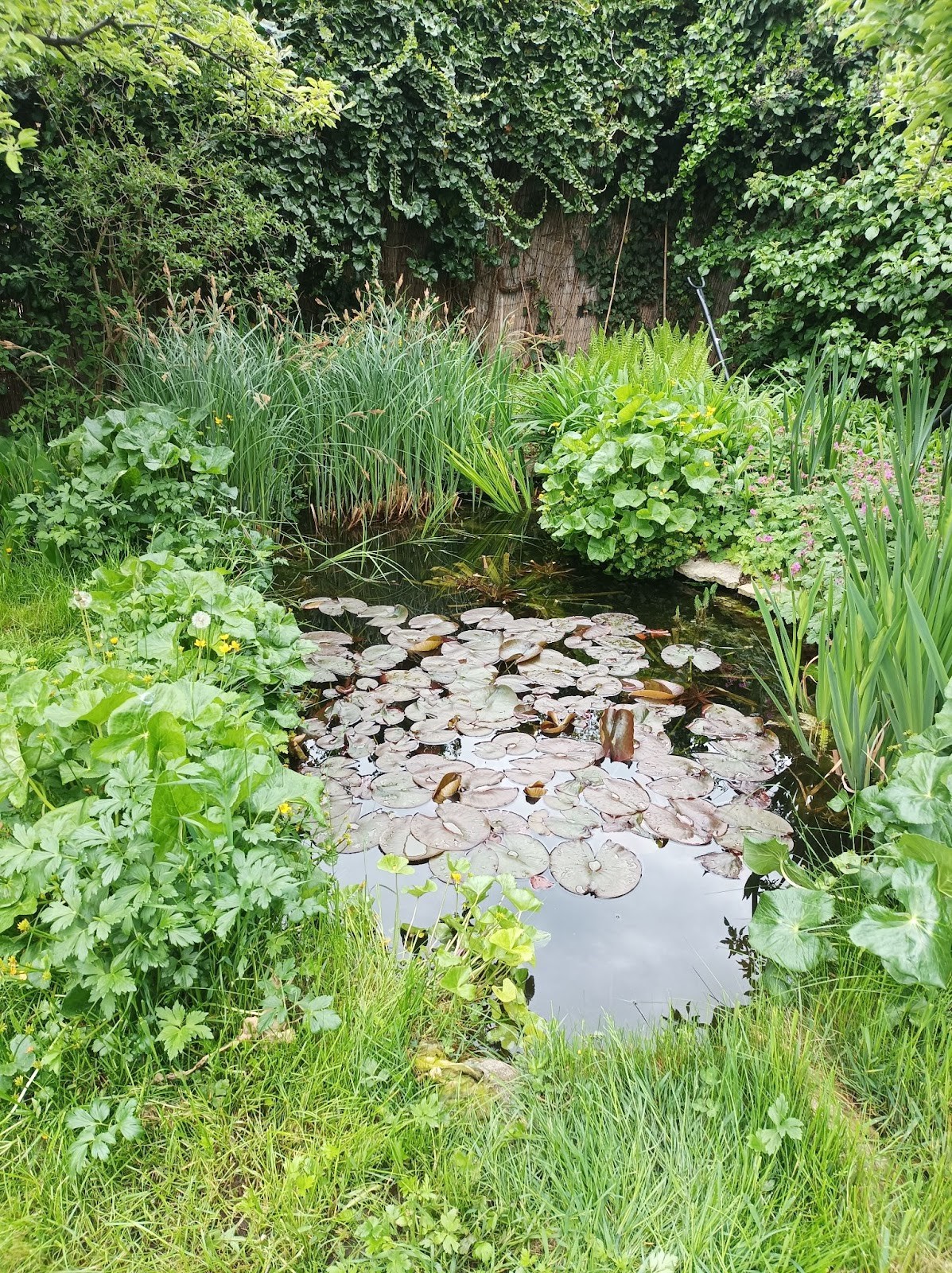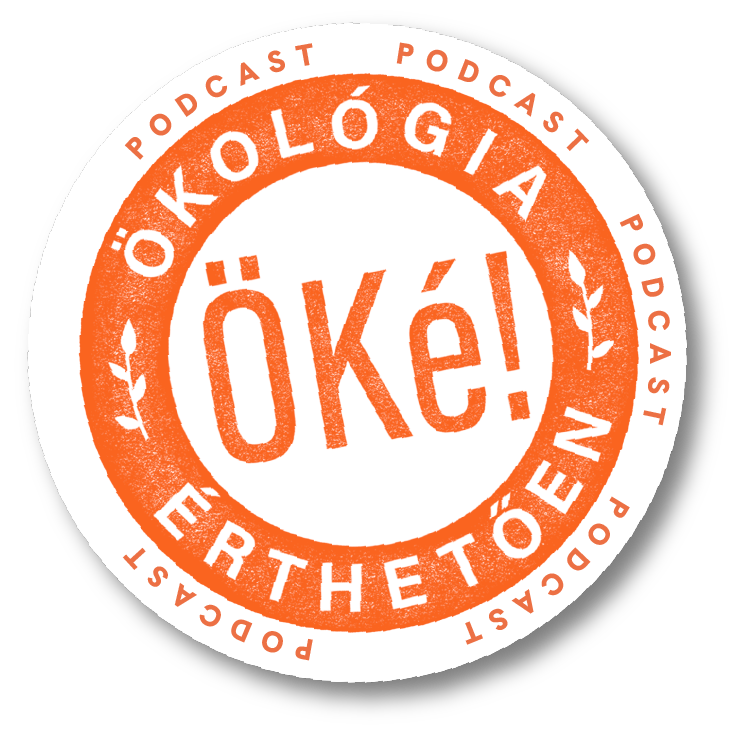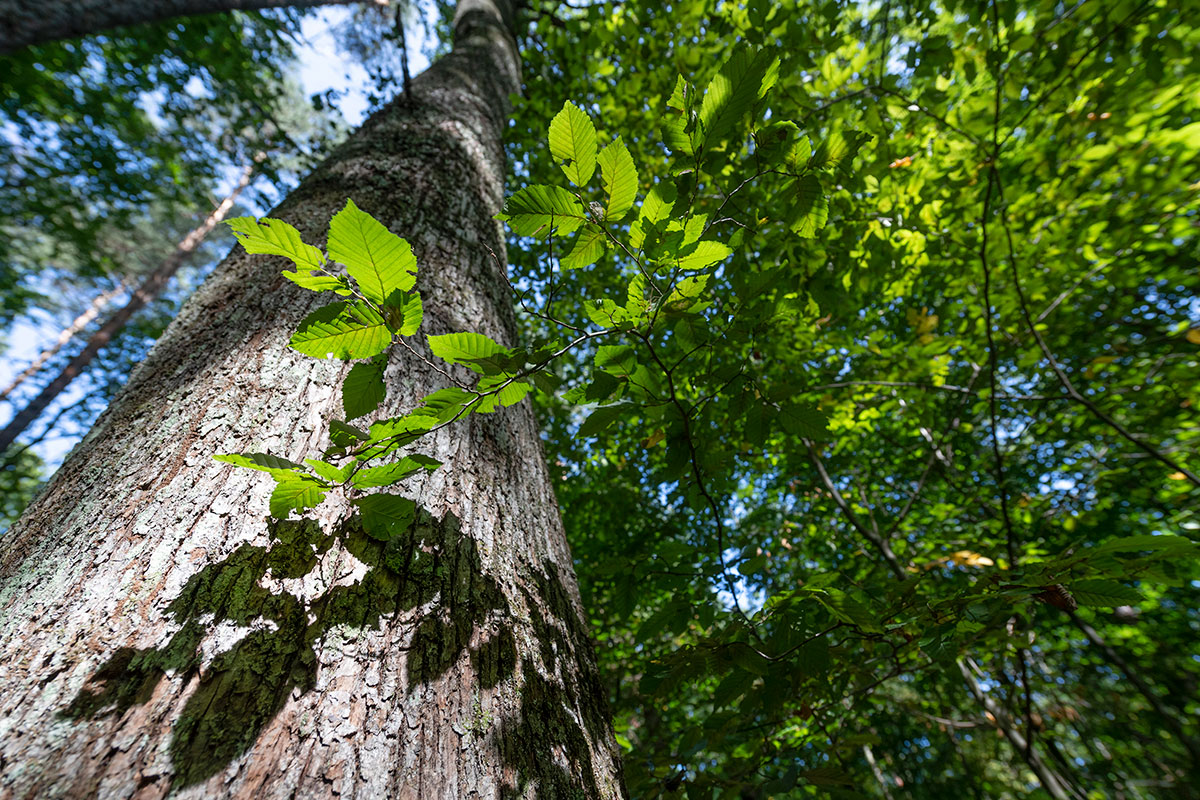News
Sowing native species is effective against annual invasive plants, but permanent control of perennials remains a challenge in sandy grasslands
The Restoration Ecology Research Group of HUN-REN, CER-IEB conducted long-term monitoring of vegetation changes over a period of 17 to 25 years at three restoration experiments in the Kiskunság, Hungary. These sites underwent different restoration treatments, […]
Sowing native species is effective against annual invasive plants, but permanent control of perennials remains a challenge in sandy grasslands
The Restoration Ecology Research Group of HUN-REN, CER-IEB conducted long-term monitoring of vegetation changes over a period of 17 to 25 years at three restoration experiments in the Kiskunság, Hungary. These sites underwent different restoration treatments, […]
Bacteria Used Oxygen Long Before Widespread Photosynthesis
Niels Bohr, the Nobel laureate in Physics and father of the atomic model, is famously supposed to have said, “It is difficult to make predictions, especially about the future.” Our uncertainty about whether he actually said […]
Research and practice for the ecologically sustainable forest management: the #oakadapt project is started
A new research project started in the HUN-REN Centre for Ecological research titled „Increasing the ecological sustainability of oak forests by close-to-nature forestry based on experimental research (#oakadapt)”. The project is founded by the Interreg Slovakia-Hungary […]
New study reveals how reduced rainfall threatens plant diversity
Predicting and mitigating the effects of climate change while preserving biodiversity is a top priority for both scientists and policymakers. As climate change intensifies, leading to more frequent and severe droughts, understanding the impact on natural […]
Mission
Our main mission is to conduct high-quality research on biodiversity and ecosystems, including aquatic and terrestrial life. Our centre is primarily dedicated to ecological research, but many of our studies are related to the impact of agriculture and forestry on biodiversity, traditional ecological knowledge or interdisciplinary topics.
We are working hard to integrate institutes and disciplines, as it is difficult to tackle complex environmental challenges in isolation. In addition to research, we are committed to building bridges between science and society, and thus are involved in EU and global policy development.
The Institute of Aquatic Ecology is the largest scientific centre in Hungary which considers its mission to be the outstanding regional engagement in the field of aquatic ecology and its co-studies, and to establish and represent international research trends in Hungary. The Institute’s primary mission is to conduct basic research, with a special focus on integrative, systems ecology approaches to climate change, invasions and anthropogenic impacts on water, thus contributing to the maintenance and improvement of the ecological status of our domestic waters.
The Institute of Ecology and Botany seeks to propose scientific solutions to the environmental challenges of our time, such as land-use change, habitat degradation, climate change, urbanisation, the effects of intensive agriculture, invasions, and the emergence of new diseases. The Institute’s nearly 80 researchers, organised in research groups, work on a wide range of organism groups and habitats, using a variety of methodological approaches. In addition to its basic research activities, the institute carries out a number of public monitoring and applied research activities.
The Institute of Evolution is the largest theoretical evolutionary biology scientific centre in Hungary, with research interests spanning all levels of biological organisation. We investigate the origin of life, transitions in evolution involving large increases in complexity (including the origin of human language and cooperation), evolutionary aspects of neural networks, the relationship between learning and evolution, and evolutionary-ecological processes, with a particular focus on the dynamics of emerging infectious diseases under the impact of climate change.
Priority publications
Davín, A.A., Woodcroft, B.J. Soo, R.M., Benoit Morel, B., ..., Szöllősi, G.J. A geological timescale for bacterial evolution and oxygen adaptation Science 388:eadp1853
2025
Morel B.; Williams T.A.; Stamatakis A.; Szöllosi G.J. AleRax: a tool for gene and species tree co-estimation and reconciliation under a probabilistic model of gene duplication, transfer, and loss BIOINFORMATICS, 40 : 4. Paper: 162 (2024)
2024
Czárán Tamás; Scheuring István; Zachar István; Számadó Szabolcs. Cue-driven microbial cooperation and communication: evolving quorum sensing with honest signaling BMC BIOLOGY, 22 : 1. Paper: 73 (2024)
2024
Károlyi Adél; Scheuring István. Cooperation in public goods game does not require assortment and depends on population density JOURNAL OF EVOLUTIONARY BIOLOGY, Paper: voae029 (2024)
2024
Paczkó Mátyás; Vörös Dániel; Szabó Péter; Jékely Gáspár; Szathmáry Eörs; Szilágyi András. A neural network-based model framework for cell-fate decisions and development COMMUNICATIONS BIOLOGY, 7 : 1. Paper: 323 (2024)
2024
Barta Barbara; Szabó Attila; Szabó Beáta; Ptacnik Robert; Vad Csaba; Horváth Zsófia. How pondscapes function: connectivity matters for biodiversity even across small spatial scales in aquatic metacommunities ECOGRAPHY, 2024 (2), Paper: e06960 (2024)
2024
Deák Balázs; Bede Ádám; Rádai Zoltán; Dembicz Iwona; Apostolova Iva; Batáry Péter; Gallé Róbert; Tóth Csaba Albert; Dózsai József; Moysiyenko Ivan I.; Sudnik‐Wójcikowska Barbara; Zachwatowicz Maria; Nekhrizov Georgi; Lisetskii Fedor N.; Buryak Zhanna A.; Kis Szabolcs; Borza Sándor; Godó Laura; Bragina Tatyana M.; Smelansky Ilya; Molnár Ábel; Bán Miklós; Báthori Ferenc; Árgay Zoltán; Dani János; Kiss Réka; Valkó Orsolya. Contribution of cultural heritage values to steppe conservation on ancient burial mounds of Eurasia CONSERVATION BIOLOGY, pp. 1-13. Paper: e14148 , 13 p. (2023)
2023
Korányi Dávid; Gallé Róbert; Torma Attila; Gallé‐Szpisjak Nikolett; Batáry Péter. Small grassland fragments and connectivity support high arthropod functional diversity in highly modified landscapes INSECT CONSERVATION AND DIVERSITY, Paper: 12668 (2023)
2023
Molnár Ábel Péter; Demeter László; Biró Marianna; Chytrý Milan; Bartha Sándor; Gantuya Batdelger; Molnár Zsolt. Is there a massive glacial–Holocene flora continuity in Central Europe? BIOLOGICAL REVIEWS, Paper: 13007 (2023)
2023
Haase Peter; Bowler Diana E.; Baker Nathan J.; Bonada Núria; Domisch Sami; Garcia Marquez Jaime R.; Heino Jani; Hering Daniel; Jähnig Sonja C.; Schmidt-Kloiber Astrid; Stubbington Rachel; Altermatt Florian; Álvarez-Cabria Mario; Amatulli Giuseppe; Angeler David G.; Archambaud-Suard Gaït; Jorrín Iñaki Arrate; Aspin Thomas; Azpiroz Iker; Bañares Iñaki; Ortiz José Barquín; Bodin Christian L.; Bonacina Luca; Bottarin Roberta; Cañedo-Argüelles Miguel; Csabai Zoltán; Datry Thibault; de Eyto Elvira; Dohet Alain; Dörflinger Gerald; Drohan Emma; Eikland Knut A.; England Judy; Eriksen Tor E.; Evtimova Vesela; Feio Maria J.; Ferréol Martial; Floury Mathieu; Forcellini Maxence; Forio Marie Anne Eurie; Fornaroli Riccardo; Friberg Nikolai; Fruget Jean-François; Georgieva Galia; Goethals Peter; Graça Manuel A. S.; Graf Wolfram; House Andy; Huttunen Kaisa-Leena; Jensen Thomas C.; Johnson Richard K.; Jones J. Iwan; Kiesel Jens; Kuglerová Lenka; Larrañaga Aitor; Leitner Patrick; L’Hoste Lionel; Lizée Marie-Helène; Lorenz Armin W.; Maire Anthony; Arnaiz Jesús Alberto Manzanos; McKie Brendan G.; Millán Andrés; Monteith Don; Muotka Timo; Murphy John F.; Ozolins Davis; Paavola Riku; Paril Petr; Peñas Francisco J.; Pilotto Francesca; Polášek Marek; Rasmussen Jes Jessen; Rubio Manu; Sánchez-Fernández David; Sandin Leonard; Schäfer Ralf B.; Scotti Alberto; Shen Longzhu Q.; Skuja Agnija; Stoll Stefan; Straka Michal; Timm Henn; Tyufekchieva Violeta G.; Tziortzis Iakovos; Uzunov Yordan; van der Lee Gea H.; Vannevel Rudy; Varadinova Emilia; Várbíró Gábor; Velle Gaute; Verdonschot Piet F. M.; Verdonschot Ralf C. M.; Vidinova Yanka; Wiberg-Larsen Peter; Welti Ellen A. R. The recovery of European freshwater biodiversity has come to a halt NATURE, (2023), 25 p.
2023
Gallé Róbert; Tölgyesi Csaba; Szabó Ágota Réka; Korányi Dávid; Zoltán Bátori; Hábenczyus Alida; Török Edina; Révész Kitti; Torma Attila; Gallé-Szpisjak Nikolett; Lakatos Tamás; Batáry Péter. Plant invasion and fragmentation indirectly and contrastingly affect native plants and grassland arthropods SCIENCE OF THE TOTAL ENVIRONMENT, Paper: 166199 (2023)
2023
Garamszegi Laszlo Zsolt; Kurucz Kornelia; Soltesz Zoltan. Validating a surveillance program of invasive mosquitoes based on citizen science in Hungary JOURNAL OF APPLIED ECOLOGY, 60 : 7 pp. 1481-1494. , 14 p. (2023)
2023
Urgyán Renáta; Lukács Balázs A.; Fekete Réka; Molnár V. Attila; Nagy András; Vincze Orsolya; Green Andy J.; Lovas‐Kiss Ádám. Plants dispersed by a non‐frugivorous migrant change throughout the annual cycle GLOBAL ECOLOGY AND BIOGEOGRAPHY, 32 : 1 pp. 70-82. , 13 p. (2023)
2023
Vad Csaba F.; Hanny-Endrédi Anett; Kratina Pavel; Abonyi András; Mironova Ekaterina; Murray David S.; Samchyshyna Larysa; Tsakalakis Ioannis; Smeti Evangelia; Spatharis Sofie; Tan Hanrong; Preiler Christian; Petrusek Adam; Bengtsson Mia M.; Ptacnik Robert. Spatial insurance against a heatwave differs between trophic levels in experimental aquatic communities GLOBAL CHANGE BIOLOGY, First published: 22 March 2023, Paper: 16692 (2023)
2023
Horváth Csenge Veronika; Kovács Bence; Tinya Flóra; Schadeck Locatelli Julia; Németh Csaba; Crecco Lorenzo; Illés Gábor; Csépányi Péter; Ódor Péter. A matter of size and shape: Microclimatic changes induced by experimental gap openings in a sessile oak–hornbeam forest SCIENCE OF THE TOTAL ENVIRONMENT, 873 Paper: 162302 (2023)
2023
Erdős László; Ho Khanh Vu; Bátori Zoltán; Kröel‐Dulay György; Ónodi Gábor; Tölgyesi Csaba; Török Péter; Lengyel Attila. Taxonomic, functional, and phylogenetic diversity peaks do not coincide along a compositional gradient in forest‐grassland mosaics JOURNAL OF ECOLOGY, 111 : 1 pp. 182-197. , 16 p. (2023)
2023
Lengyel Szabolcs; Nagy Gergő; Tóth Máté; Mészáros Gábor; Nagy Csaba P.; Mizsei Edvárd; Szabolcs Márton; Mester Béla; Mérő Thomas O. Grassland restoration benefits declining farmland birds: A landscape-scale before-after-control-impact experiment BIOLOGICAL CONSERVATION, 277 p. 109846 Paper: 109846 (2023)
2023
Projects in the spotlight
Increasing the ecological sustainability of oak forests by close-to-nature forestry based on experimental research (#oakadapt)
Central European oak dominated forests have been used for centuries and currently exhibit serious biodiversity decline associated with global environmental changes. Nonetheless, they preserve considerable natural capital. They have a key role in the timber provisioning […]
Complex dispersal networks of wetlands
National Multidisciplinary Laboratory for Climate Change
Víztudományi és Vízbiztonsági Nemzeti Laboratórium
Egészségbiztonság Nemzeti Laboratórium – Invázióbiológiai Divízió és Járványökológiai Divízió
Az evolúció fényében: elvek és megoldások
Evolúció és tanulás
The need for a paradigm shift in the field of nature conservation: the importnace of the impact of landscape structure on biodiversity patterns and functions
Both the intensification of agriculture and increasing urbanisation lead to the degradation of natural habitats, negatively impacting wildlife and their ecosystem functions (e.g., pollination of plants). However, these effects not only occur locally but can also […]
HAS Lendület (“Momentum”) 2019: Vegetation and seed bank dynamics
Our research group aims to find solutions for the long-term maintenance of the biodiversity and functioning of grassland ecosystems by learning about the role of seeds in ecosystems. Grasslands are particularly species-rich and diverse communities that […]
Biodiversity in the grips of agriculture and urbanisation
One of the leading causes of biodiversity loss is land-use change, associated with habitat loss and degradation. Sustainable development requires a nature conservation strategy that takes into account the landscape as a whole. It is essential […]




